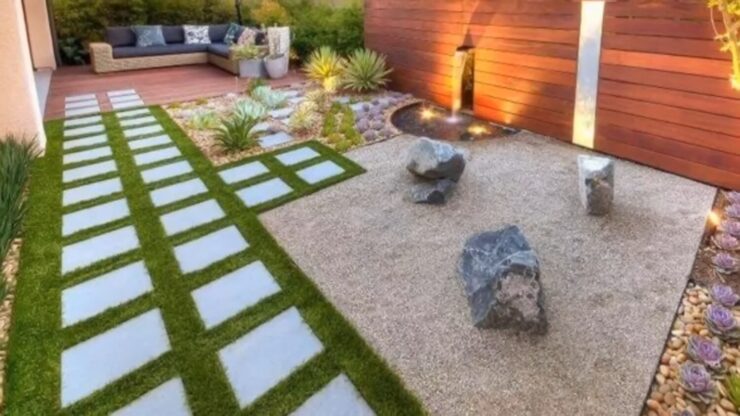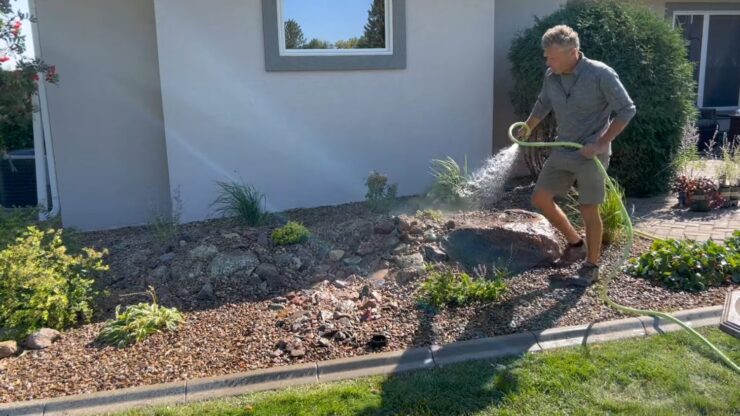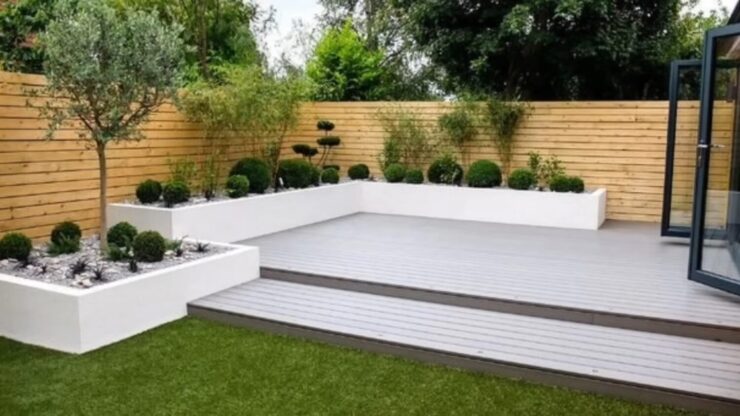
Tending Your Rock Garden
When I moved to East Harriet in tumble 2001, I arrived on a airplane with my approximately 2-year-aged son, a compact suitcase and two large containers of vegetation extracted from my backyard in Seattle.
Our new lawn was overgrown, so the plants experienced to are living in my mother’s backyard garden until finally we could distinct some room for them. The next spring I discovered a multitude of wonderful rocks buried in the backyard.
It was apparent that they were deliberately placed and aspect of a backyard that experienced not been tended in some time.
A garden devoid of its gardener is immediately reclaimed by Mom Nature. Originally, I positioned them all around the edges of my growing yard beds as factors of curiosity.
It was not until eventually I joined the Minnesota Chapter of the North American Rock Yard Modern society (NARGS) years later that I started off to take pleasure in how a lot more they could contribute after I allowed them to be an integral component of the landscape.
Obtaining gardened in the Pacific Northwest, I backyard garden in Minnesota with an rigorous zone of denial. This indicates that I have killed a lot of crops, almost certainly far more than I have effectively grown.
I am constantly on the hunt for a thing unconventional to test. A gardener close friend of mine once stated that if I preferred terrific vegetation, then I necessary to join NARGS. “Those people know crops,” she reported.
Minnesota, with its challenging winters and brief developing period, is a great position for rock gardens. Classically, rock gardens have been crammed with numerous species of miniature conifers and alpine vegetation, whilst additional widespread backyard plants can perform as very well.
Indigenous alpine crops increase higher up in the mountains over the tree line. The small alpine increasing season lasts about three months, and crops need to improve, bloom and established seed in advance of they freeze yet again.
As a final result, these perennial plants have a tendency to set out ample flowers in a shorter period of time of time. Normally the tiny vegetation are so lined with bouquets that the leaves are unable to be seen.
The key blooming season is April via June, but by mastering to creatively incorporate a range of smaller crops in a vertically inclined, rock- sculptured yard layout, one can make a tapestry of shade and texture that appears to be lovely 12 months spherical.
The greater part of alpine vegetation expand in regions that have unfastened, gritty, properly-draining topsoil.
Developing in in between rocks serves to defend the crown of the plant from disturbance and rot as the snow melts, but they establish quite prolonged root methods that assistance them endure exposure to serious seasonal temperature alterations.
In understanding about alpine plants and rock gardening I have received a wealth of information from my fellow NARGS members — not just about vegetation but, much more importantly, about soil.
Rock gardening
Rock gardening gives the chance for experimentation in the experience of minimal area and local weather change.
Right soil, it turns out, is every thing. Soil is not glamorous, but if you want to be a profitable gardener growing alpine and other rock backyard garden species, then you simply cannot have enough understanding about soil.
The interaction involving soil and h2o is important to plant growth and copy but also for plant resistance to extreme temperatures, bugs and ailments.
We are not able to manage the temperature, but in a local weather like Minnesota, giving the correct down below ground dynamics can make all the variation involving results and failure in expanding something new or something that might be marginally hardy.
If you want to stop by a rock garden to see what all the fuss is about, you have a assortment of nearby choices. MN-NARGS volunteers donate countless several hours to support keep a beautiful rock backyard garden at the Minnesota Landscape Arboretum.
Nearer to home, the Peace Yard in East Harriet was re-made in the 1980s by MN-NARGS member and renowned gardener Betty Ann Addison.
These are fantastic places to respect the potential of rock gardening in a significant room, but a good deal of space is surely not demanded.
Even a sunny Uptown apartment balcony can support an array of blooming alpines, succulents and dwarf conifers in troughs.
Trough gardening can also be adapted to include other very hot backyard garden traits this sort of as xeriscaping, fairy gardens and bonsai.
Educational options also abound because small troughs created from lightweight resources can be effortlessly transported.
Styrofoam shipping bins can be sculpted, painted or coated more than with a slim layer of hypertufa materials to glimpse like rocks.
MN-NARGS has used these types of troughs to endorse rock gardening at the Minnesota Point out Fair cease by the booth this fall to ask issues or get to know some wonderful gardeners.
As town dwellers we have a tendency to eschew the wide expanses of turf and cookie-cutter landscapes that have arrive to represent the stereotype of Midwestern yards.
On the other hand, as the population grows, living spaces will proceed to shrink, and as the local climate results in being a lot more risky, even our present day city life will will need to adapt.
What will not modify is the elementary human want to have an outdoor place that can provide sanctuary from the stresses of our modern day planet.
No other type of garden gives additional opportunity for experimentation in the confront of confined area and local climate improve than rock gardening.
While generating a rock backyard garden is distinctive from building other types of gardens, the tactics and procedures involved aren’t tough.
Studying the principles of rock gardening can unleash your creativeness and let you to build a backyard house packed with a variety of different crops utilizing considerably less house, water, fertilizer and upkeep time than it can take to grow with a very similar quantity of vegetation in a significant perennial border. Natural beauty on a spending budget. What is not to like?
Go on and give it a attempt.


